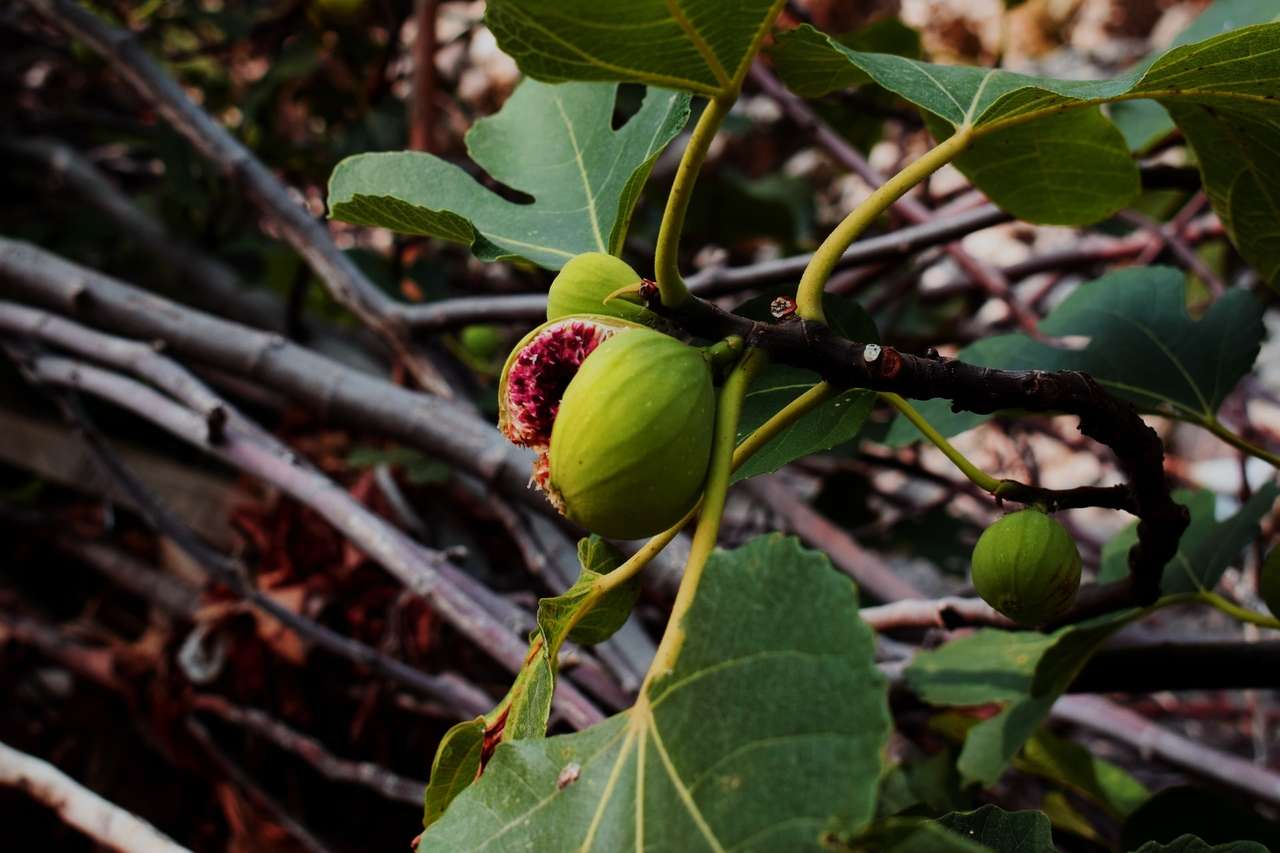
The Best Ways to Use the Dar Preterite Conjugation in Spanish
DATE:
When it comes to the preterite tense, sometimes the best way to learn is simply by taking it one verb at a time. And today we’re working on the verb dar. This Spanish verb is one of the most common verbs – and also one of the most irregular!
So today we’ll be doing a deep dive into how to conjugate dar, as well as how to use it naturally in the preterite tense. Dar can be one of the trickier irregular verbs, so no matter what your Spanish level is, there will be something in this article for you.
¡Dale!
Dar Definition
The most common translation for this irregular verb is “to give”. Although it can be used in plenty of other contexts (keep on reading for more on that!).
But dar, like almost all of the three-letter Spanish verbs, is highly irregular in almost all verb tenses. So it might be helpful to go over some of the other tenses before heading into the preterite tense.
DID YOU KNOW…?
The word “dowry” shares a connected Latin origin to the word dar – since you were giving something in exchange for marriage.
Let’s do a little bit of review and check how the dar conjugation in the present indicative first:
Dar Present Tense Conjugation
Here we have the verb chart for the present indicative tense. Pay special attention to the yo form since that’s the major irregular part in the dar conjugation.
|
Subject Pronoun |
Dar |
|---|---|
|
Yo |
Doy |
|
Tú / Vos |
Das |
|
Él / Ella / Usted |
Da |
|
Nosotros |
Damos |
|
Vosotros |
Dais |
|
Ellos / Ellas / Ustedes |
Dan |
As you can see, the verb dar is unique in the yo-form for its -oy ending, rather than the typical -o.
One more thing to notice here – neither the vosotros form nor the vos form have an accent mark, like most -AR verbs do. In fact, the great part is that the verb dar has a striking lack of accent marks throughout all of its conjugation forms. Lucky us, right?
Need some help studying other irregular verbs in preterite tense? Review our comprehensive guide on Tener Preterite Conjugation.
Dar Preterite Tense Conjugation
Now that we’ve sufficiently jogged your memory, it’s time to move on to the good stuff. How to conjugate dar in the preterite tense.
Let’s look at the verb chart first:
|
Subject Pronoun |
Dar |
|---|---|
|
Yo |
Di |
|
Tú / Vos |
Diste |
|
Él / Ella / Usted |
Dio |
|
Nosotros |
Dimos |
|
Vosotros |
Disteis |
|
Ellos / Ellas / Ustedes |
Dieron |
Notice anything peculiar about it? First of all – no accent marks again! That alone is cause for celebration.
But there are a few key takeaways from this verb conjugation.
- It follows the exact same format as the verb ver.
- The yo form is di, even though it’s an AR verb.
The third person is dio and dieron, even though AR verbs don’t usually have an I.
If you want to see more verbs like dar, make sure to check out our full guide on Ver Preterite Tense Conjugation and Hacer Preterite Conjugation.
So in the preterite tense, this irregular verb does have some strange patterns to it. On the plus side, it follows a similar structure as other verbs and you don’t have to worry about accent marks. Not too bad as far as irregular verbs go!
Before moving on to the different uses of the verb dar, let’s look at one final conjugation.
Past Subjunctive
The truth is – the preterite tense and the past subjunctive tense have some clear connections in terms of the conjugation patterns. If you learn how to conjugate a verb in the preterite tense, you’re halfway there to mastering the past subjunctive.
So let’s take the opportunity real quick to try and memorize the past subjunctive conjugation. Even if you aren’t comfortable using it quite yet, now is the perfect time to review it.
|
Subject Pronoun |
Dar |
|---|---|
|
Yo |
Diera / Diese |
|
Tú / Vos |
Dieras / Dieses |
|
Él / Ella / Usted |
Diera / Diese |
|
Nosotros |
Diéramos / Diésemos |
|
Vosotros |
Dierais / Dieseis |
|
Ellos / Ellas / Ustedes |
Dieran / Diesen |
The reason it’s helpful to look at this conjugation now is that there’s always a strong connection between the root for the preterite tense and the conjugation for the past subjunctive.
Just like the root in the preterite tense for dar is di-, it’s the same here.
Both conjugations start with di, then add extra to the end. And the same thing happens to almost every irregular verb, so keep that in mind as you continue to study your verb tenses.
How to use Dar in the preterite tense
Now we can move on to practical ways and examples on how to conjugate dar in the preterite tense. While there are many definitions for this irregular verb, in general, it can be used in three main ways. It can mean to offer, to produce, and to consider.
Let’s look at some examples for each of those meanings.
Offer
This is the most obvious meaning for the vocabulary word. This Spanish verb means to offer or give someone either something – either physical or figurative. Let’s look at the following sentences:
- Me dio un regalo. – He gave me a present.
- Tú diste dinero. – You gave money.
- Me dieron un ascenso. – They gave me a promotion.
So this usage of the Spanish verb is pretty simple and can be used just like in English. However, the next two meanings of dar can stray a bit from what you’re used to.
Produce
Besides literally giving something to someone, you can also use dar to mean produce. This is common when referring to plants. Here are a few examples:
- Las higueras dan fruta en septiembre. – Fig trees bear fruit in September.
- El año pasado, el naranjo no dio nada. – Last year, the orange tree didn’t produce anything.

Consider
This last major usage of the Spanish verb dar might be the most difficult to understand at first. When we want to use dar to mean “consider”, it usually goes with the preposition por. Check out the following examples:
- Lo dieron por hecho. – They took it for granted.
- Se dio por muerto. – He was presumed dead.
- Lo di por visto. – I thought I saw it.
These ones aren’t so literal in English, but they are all common ways to use dar in Spanish. The first sentence – dar por hecho, means to take for granted or to imply something. In other words – you’re already considering it done.
All three of these examples are great ways to use this irregular verb, so make sure to write them down!
Expressions with the verb dar
Finally, besides the main three ways to use the verb dar, we can also use it in tons of different expressions. It’s one of the most common verbs, so it’s natural that there are lots of expressions that go with it.
Here are just a few of the most common expressions and some examples of the verb dar:
Dar igual
To not matter/ to not care
- Le dio igual que llegaran tarde. – He didn’t care that they were late.
Dar de comer
To feed
- Acuérdate de darle de comer al gato. – Don’t forget to feed the cat.
Dar asco
To disgust / to be gross
- Las ratas me dan asco. – Rats are gross.
- No me gustan los caracoles, dan asco. – I don’t like snails, they’re gross.
Dar una vuelta
To go for a walk
- Vamos a dar una vuelta por ahí. – Let’s go for a walk.
- Yo di una vuelta por el parque. – I went for a walk in the park.
Dar en el clavo
Hit the nail on the head
- Tú diste en el clavo, es exactamente así. – You hit the nail on the head, it’s exactly like that.
Darse cuenta
To realize
Se dio cuenta de lo difícil que era. – He realized how hard it was.
We use darse cuenta to mean “To realize”. The verb realizar is a false friend and actually means to “carry out / achieve”.
Dale
Hurry up / Come on!
- ¡Dale, dale! ¡Que tengo hambre! – Hurry up, I’m hungry!
Lo diste todo
Let’s end today’s article with one final expression – darlo todo. This means “to give it your all”.

And that’s what you did today! You managed to get through one more irregular Spanish verb conjugation, and that’s the best way to do it. Little by little, you’ll have all the irregular verbs memorized. So go ahead and sign up for a free private class or a 7-day free trial of our group classes to practice what you learned!








